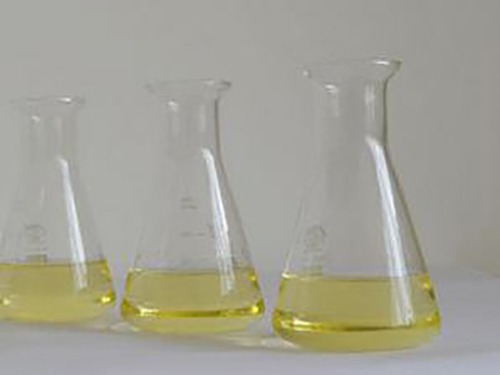Polyacrylamide Uses | Versatile Applications in Various Industries
Polyacrylamide (PAM) is a synthetic polymer that has found extensive applications across various fields due to its versatile properties. It is formed through the polymerization of acrylic monomers and has unique characteristics that make it suitable for a range of industrial and scientific uses.
One of the primary applications of polyacrylamide is in the field of wastewater treatment. PAM is used as a flocculant, helping to aggregate and settle suspended particles in water. This makes it invaluable in treating industrial effluents, municipal wastewater, and sludge dewatering processes. By facilitating the removal of contaminants, polyacrylamide contributes to cleaner water bodies and improved environmental standards.
.
The use of polyacrylamide is also prominent in the oil and gas industry. It is employed in enhanced oil recovery (EOR) techniques, where it helps to improve the efficiency of oil extraction processes. PAM helps to increase the viscosity of the water used in injection wells, allowing for better displacement of oil from reservoir rocks. This application significantly helps in maximizing oil recovery rates and optimizing production.
polyacrylamide uses

Moreover, polyacrylamide is widely used in the biomedical field. It serves as a medium for gel electrophoresis, a laboratory method used to separate DNA, RNA, or proteins based on their size and charge. This application is fundamental in molecular biology research, genetics, and biochemistry. The ability of PAM to form hydrogels also makes it suitable for various drug delivery systems and tissue engineering applications, offering biocompatibility and a controlled release of therapeutic agents.
In addition to these applications, polyacrylamide is utilized in other areas such as cosmetics, where it acts as a thickening agent, and in papermaking to improve retention and drainage processes. Its adaptability and effectiveness across multiple sectors highlight the importance of polyacrylamide as a multifunctional agent in modern industrial applications.
In conclusion, polyacrylamide is a versatile polymer with significant contributions to wastewater treatment, agriculture, oil recovery, and biomedical research. Its unique properties enable it to address various technical challenges, making it an essential component in numerous applications. As research advances, the potential uses of polyacrylamide may continue to expand, further underscoring its value in today's industry.
-
Understanding Polycarboxylic Acids: Properties, Applications, and Future PotentialNewsJul.28,2025
-
Scale Inhibitor Explained: How to Protect Your System from Limescale and Hard Water DamageNewsJul.28,2025
-
Scale and Corrosion Inhibitors: Essential Chemicals for Industrial Water System ProtectionNewsJul.28,2025
-
Polyaspartic Acid: A Biodegradable Polymer for Sustainable ChemistryNewsJul.28,2025
-
Isothiazolinones: A Versatile Antimicrobial Class with Industrial Power and Regulatory ChallengesNewsJul.28,2025
-
A Deep Dive into 2-Phosphonobutane-1,2,4-Tricarboxylic Acid (PBTC)NewsJul.28,2025





